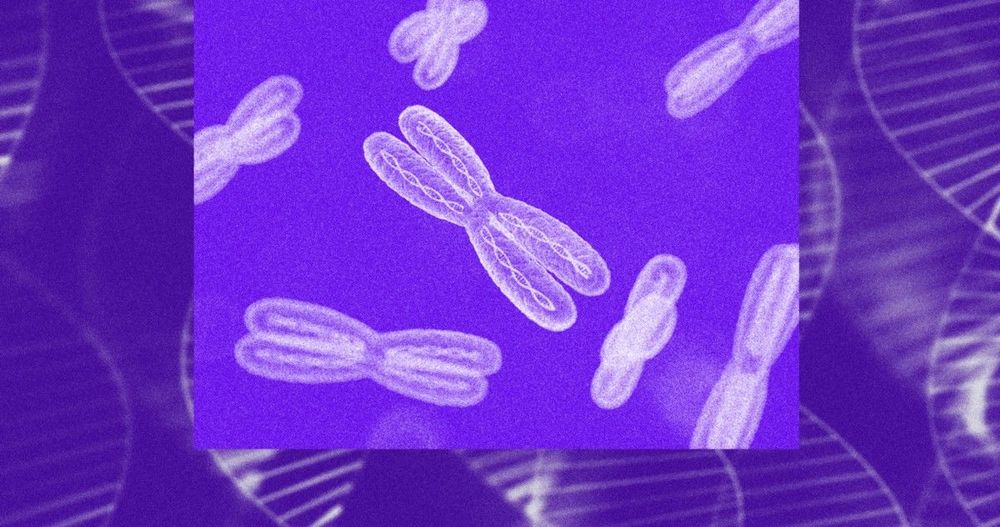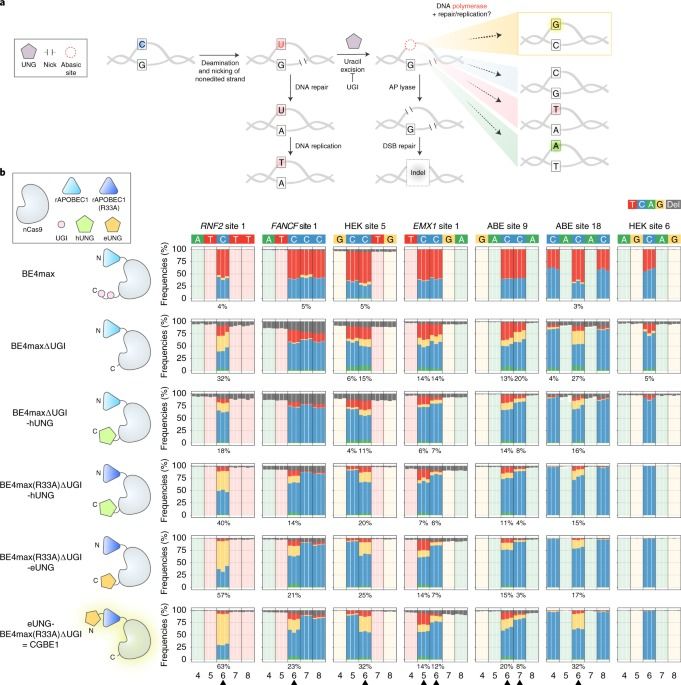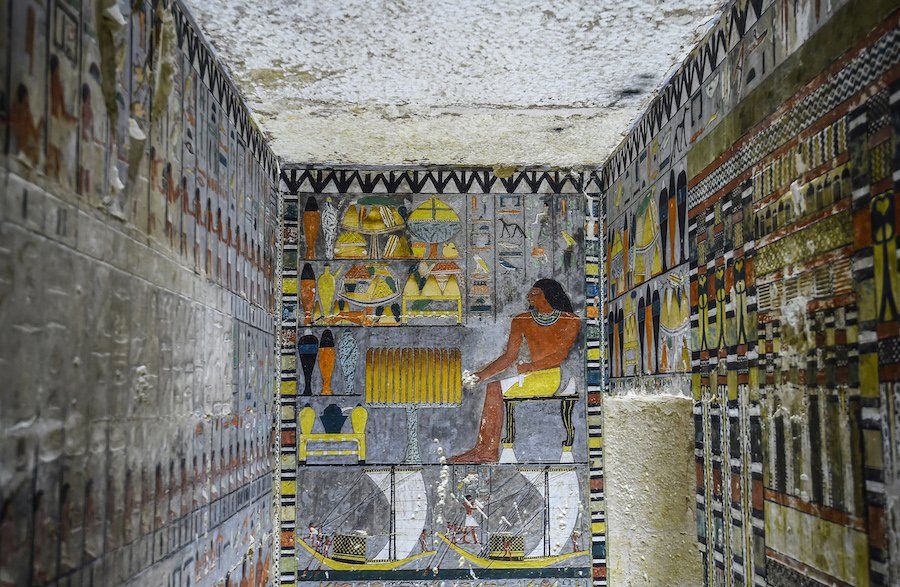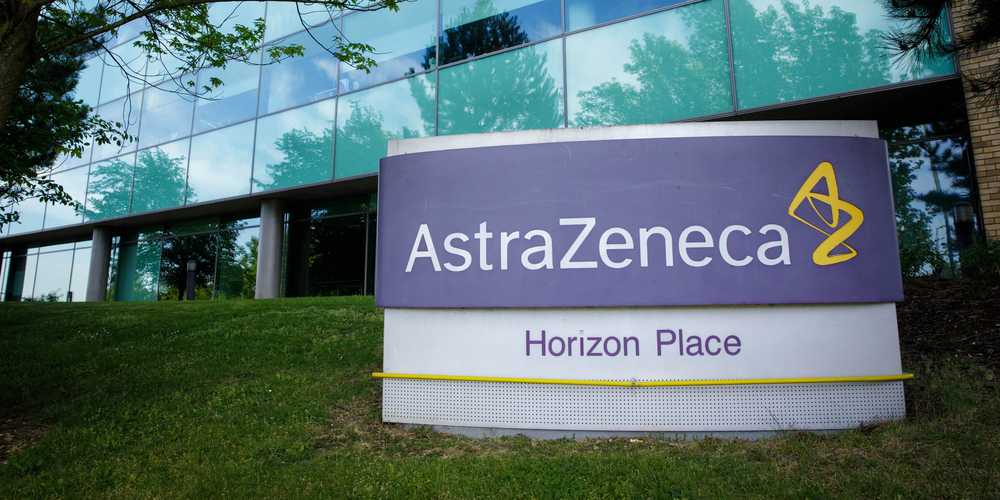17 years after the Human Genome Project, researchers unlocked the X chromosome.


Circa 2017
Data storage technology continues to shrink in size and grow in capacity, but scientists have just taken things to the next level — they’ve built a nanoscale hard drive using a single atom.
By magnetising an atom, cooling it with liquid helium, and storing it in an extreme vacuum, the team managed to store a single bit of data (either a 1 or a 0) in this incredibly miniscule space.
Not enough room for your holiday photos then, but according to the team from IBM Research in California, this proof-of-concept approach could eventually lead to drives the size of a credit card that could hold the entire iTunes or Spotify libraries, at about 30 million songs each.


Tales of the ocean swallowing places are as ancient as the myth of Atlantis, but there is an element of truth in the science, according to a NOAA-backed expedition set for Florida’s Gulf Coast.
The ocean does open up and consume areas of sea floor.
However, these are basically sink holes, similar to those that gobble suburban homes in Florida, NOAA says.

CRISPR-guided DNA cytosine and adenine base editors are widely used for many applications1,2,3,4 but primarily create DNA base transitions (that is, pyrimidine-to-pyrimidine or purine-to-purine). Here we describe the engineering of two base editor architectures that can efficiently induce targeted C-to-G base transversions, with reduced levels of unwanted C-to-W (W = A or T) and indel mutations. One of these C-to-G base editors (CGBE1), consists of an RNA-guided Cas9 nickase, an Escherichia coli –derived uracil DNA N-glycosylase (eUNG) and a rat APOBEC1 cytidine deaminase variant (R33A) previously shown to have reduced off-target RNA and DNA editing activities5,6. We show that CGBE1 can efficiently induce C-to-G edits, particularly in AT-rich sequence contexts in human cells. We also removed the eUNG domain to yield miniCGBE1, which reduced indel frequencies but only modestly decreased editing efficiency. CGBE1 and miniCGBE1 enable C-to-G edits and will serve as a basis for optimizing C-to-G base editors for research and therapeutic applications.

An international team of scientists has collated all known bacterial genomes from the human gut microbiome into a single large database, allowing researchers to explore the links between bacterial genes and proteins, and their effects on human health.
This project was led by EMBL’s European Bioinformatics Institute (EMBL-EBI) and included collaborators from the Wellcome Sanger Institute, the University of Trento, the Gladstone Institutes, and the US Department of Energy Joint Genome Institute. Their work has been published in Nature Biotechnology.

DUBAI: If you’ve ever wondered what messages the Ancient Egyptians were trying to convey with their hieroglyphics, Google’s new tool might just be able to help. In celebration of the anniversary of the discovery of the Rosetta Stone, Google Arts and Culture has released a new AI-powered tool, Fabricius, that allows you to decode and translate the ancient symbols and characters into both Arabic and English. The aim is to raise awareness and preserve the history and traditions of Ancient Egyptian civilization.

But now, all the Arab world’s universities must be ready to run with the baton that Hope is handing to them. Currently, the overwhelming majority of the young people who watched the launch on their smartphones and decided on a career in space science will have to study abroad, because the Arab world largely lacks the capacity to educate them in astrophysics or space science.
The United Arab Emirates’ Mars probe is a stunning and historic effort, but it needs to be transformational, too.

AstraZeneca shares fell on Monday even after the publication of positive results from a trial of its experimental COVID-19 vaccine developed in partnership with Oxford University.
The study, published in The Lancet on Monday, said healthy volunteers who received the experimental vaccine, called AZD1222, showed immune responses.
Last week, The Daily Telegraph reported that blood samples of volunteers in the trial showed both antibodies and T cells.
AstraZeneca said in June that it would supply up to 2 billion doses of the vaccine worldwide.